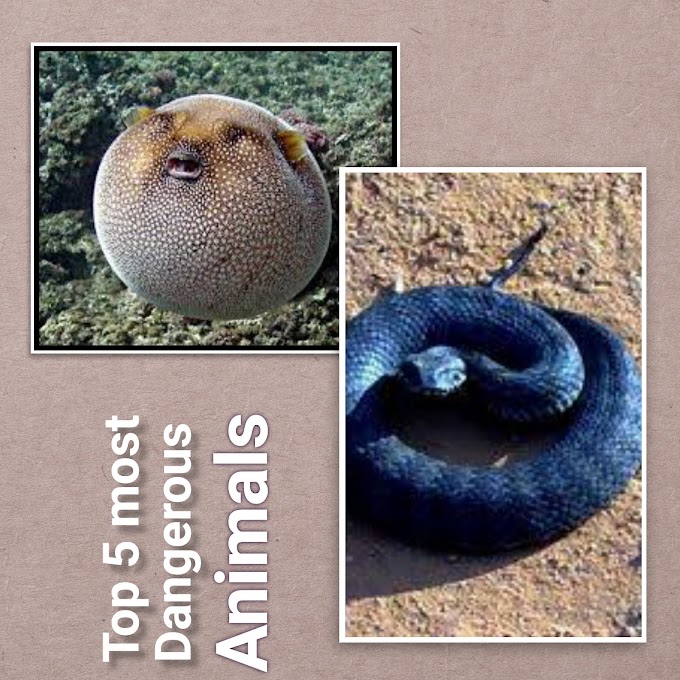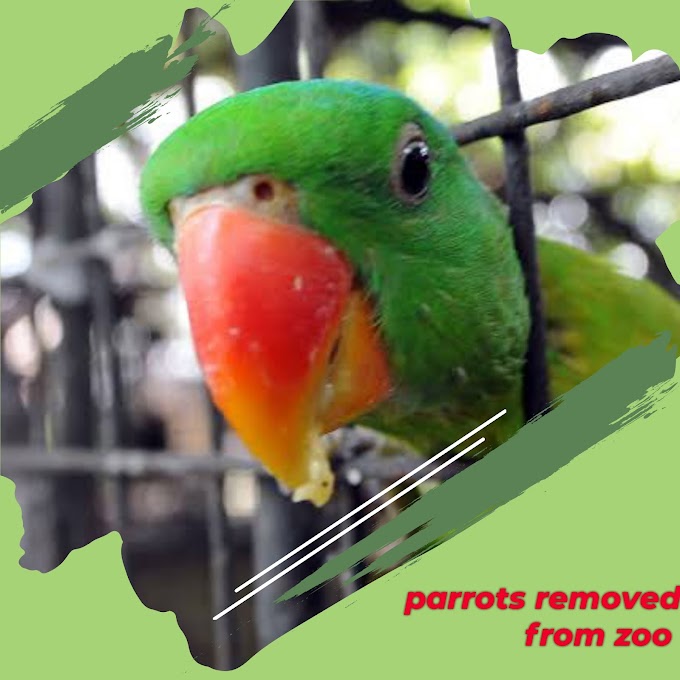Do snails feel pain complete guide
I found a snail no meat soo booked I happened upon them as I was crossing the road in the rain and my foot fine how will he miss their Big Shell so concerned I decided to pick it up to save it from the Pels of crawling by a rainy main road and I was also curious to see how its size would compare to the giant African land snail.
it's a in Africa yes that's the giant African land snail and yes I know they're invasive but they have grown on me literally and figuratively how could you resist the cute eyes of this cabbage humping machine and speaking of their cute eyes truth be told I have often wondered how well support actually sees what the world is like for tiny or in this case while the large snail truth be told mollusks are some of the most interesting animals out there as far as I information is concerned although the human eye could seem mind-boggling complex on the surface with the retina the cornea the lens.
how such an organ evolved from scratch is actually pretty decently understood and it has happy to convergently on multiple occasions and many different mollusks actually represent quite a few of those intermediate steps firstly a small layer of pigmented cells connected in their fibers appear these are photoreceptors as they are sensitive to light and allow the organism to perceive light and darkness with time this layer of photoreceptors becomes larger and the surface begins to imagine eight allowing the pigment carpi to the Sun directionality from the light with time the imagination deepens forming an optic cup or pinhole lens the small opening allows light to be focused well allowing for basic shapes to be discerned but with the caveat that it is prone to infection given that the interior of the optic cup is in contact with the water from the outside and also that it doesn't really perform well in low-light environments because the pinhole doesn't actually let through that much light however such a small opening does mean that the growth of a transparent epithelial layer over it is a very easy adaptation to evolve and this allows the separation of the interior of the eye from the outside from here it's a lot easier for the eye to develop its own more fine-tuned adaptations such as vitreous humor that refresh the light more optimally than water a contractable pupil to grow to form the amount of light that enters a lens that will focus the light specializations and the retina and so on and I said across the mollusks and to a lesser degree within the gastropods different species represent different steps across the spectrum and in this case see what actually places around here as snails do have a closed eye cup with a cornea and a very basic lens however despite their large eye stalks and careful eyeballing of the world around them land snails actually don't see that well and they don't rely on their eyesight as their primary sense.
if you've ever picked up a sail you've probably noticed that unless they've slowly in carefully place that eye in front of an object and then avoided it they more often than not that eyestalks into objects around them their retinas are quite shallow compared to species of marine snails which are known to see substantially better suggesting that terrestrial snails probably aren't using their eyes to recognize objects because they can't focus them as well but instead they might be measuring light intensity at large to get a sense of their surroundings nonetheless despite the vision seeming quite unfocused their eyes do in fact have some very interesting features that you may not have known about firstly each tentacle bearing I capsule doesn't actually contain one but two eyes the main eye and the accessory eye they both share the same cornea and optic nerve but they have separate lenses and separate ultra structures that being said you probably wouldn't be able to see the two eyes easily with a naked eye given that the main eye is only about an eighth of the size of a pinhead and the accessory eye is a fifth to a third of the size of the main night initially the function of the accessory I was not quite clear it was hypothesized to be sensitive to infrared light - even though snails in fact do not respond to stimuli with a wavelength longer than 750 nanometers and interestingly although the main accessory I both have the same two types of photoreceptors and similar concentrations the accessory eye lacks what is known as a screening pigment a layer of pigment that is behind the retina which absorbs light and allows for image formation meaning it would be unlikely enhancing an image in any way given that the lack of screening pigment means the accessory I will detect light from any direction however when the eye is retracted within the tentacle the accessory I may be the perfect way to detect the changes in light intensity levels at large and alert the snail to find out what's going on although not all terrestrial snails have accessory eyes some species of slugs and analysts have convergently evolved similar structures secondly snails are achromatic which means they are not able to perceive color now you may have just overheard me saying that sails have two photoreceptor types and might have thought that this means that they could perceive color after all we have three cone types and each one has a different peak spectral sensitivity that peaks at red green and blue this means that the same wavelength of light stimulates each code type differently and our brain does the wonderful job of integrating those different signals into what we perceive as color but this may snails having two types of photoreceptor the spectral sensitivity is the same in each one meaning that they won't be useful in detecting color they do however react differently to light one type of photoreceptor increases its firing rate with more light intensity and they decrease it when it is reduced so in essence they depolarize in response to light whereas the other type of photoreceptors as the opposite it hyperpolarizes in response to light and depolarizes in darkness so the former could be called lightness neurons and the latter darkness neurons now their approach receptor types that depolarize and hyperpolarizing responds to light and dark are not unique to snails.
But in the absence of photoreceptors that allow color detection the system allows them both to be able to distinguish different light intensities quite precisely and to be capable of light detection in both light and dark environments as the darkness cells will be able to dock adapt and allow the snail to see in a lowlight environment although sales on foot to rely on eyesight for finding food they are capable of learning and recognizing different patterns they also use light to orient themselves and they are known to seek out the darkest location in their environment presumably to avoid being eaten by predators and not drying out however seeking out dark environments doesn't mean they are merely avoiding light but they're actually using their enhanced ability to detect relative light intensities to scout out and move towards that dark spot even if it actually means that they have to cross through a brighter section temporarily and finally snails have the most extravagant blink of the animal kingdom capable of pulling back their eye capsule into their attractable tentacles to protect them from harm that being said in the unfortunate event that hung should come to their eyes their final superpower is their ability to regenerate them should a giant African land snails lose its eye it will be able to grow back the tentacle and its eye over the course of a few weeks or months young snails are able to repair damage faster whereas older snails that have cease growing generally taken lots longer to restore that I am that testicle and they actually don't always recover their vision entirely some of their behavior that is triggered by visions such as reacting to changes in light and scooping up those dark and oxy crannies and their environment is occasionally compromised in older individuals suggesting that even if the eye structures regenerate the optic nerve connecting them to the cerebral ganglion may not retain the same regenerative capacity and the point at which this switch happens in sales is certainly very interesting from the perspective of regeneration and aging so overall sales do a pretty good job with what they have even if they can't see you very well whilst that eye sight might make it harder for them to enjoy today's sponsor your eyesight certainly won't curiosity stream is the first viewing platform devoted specifically to feeding people's quest to learn explore and investigate more About the world














